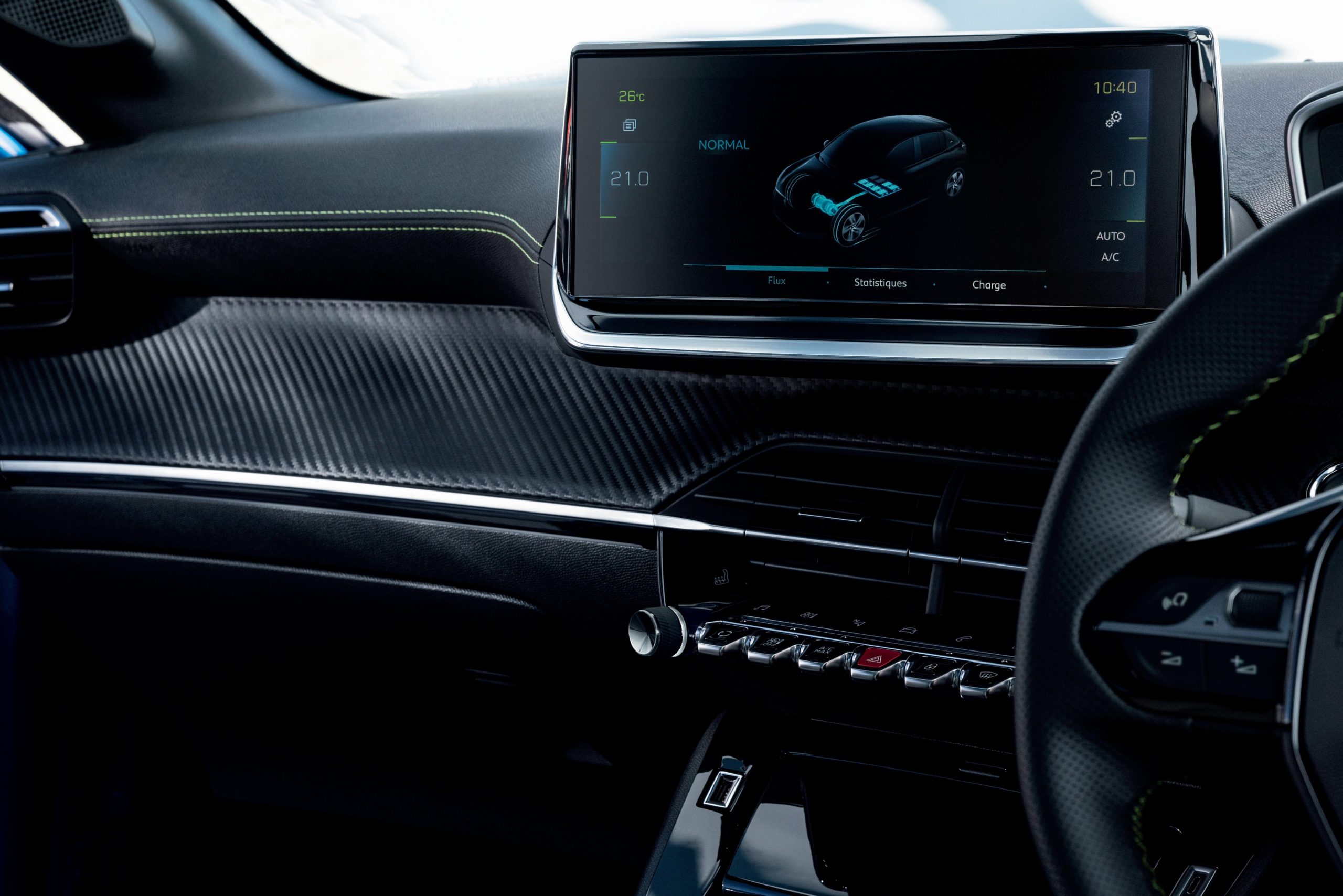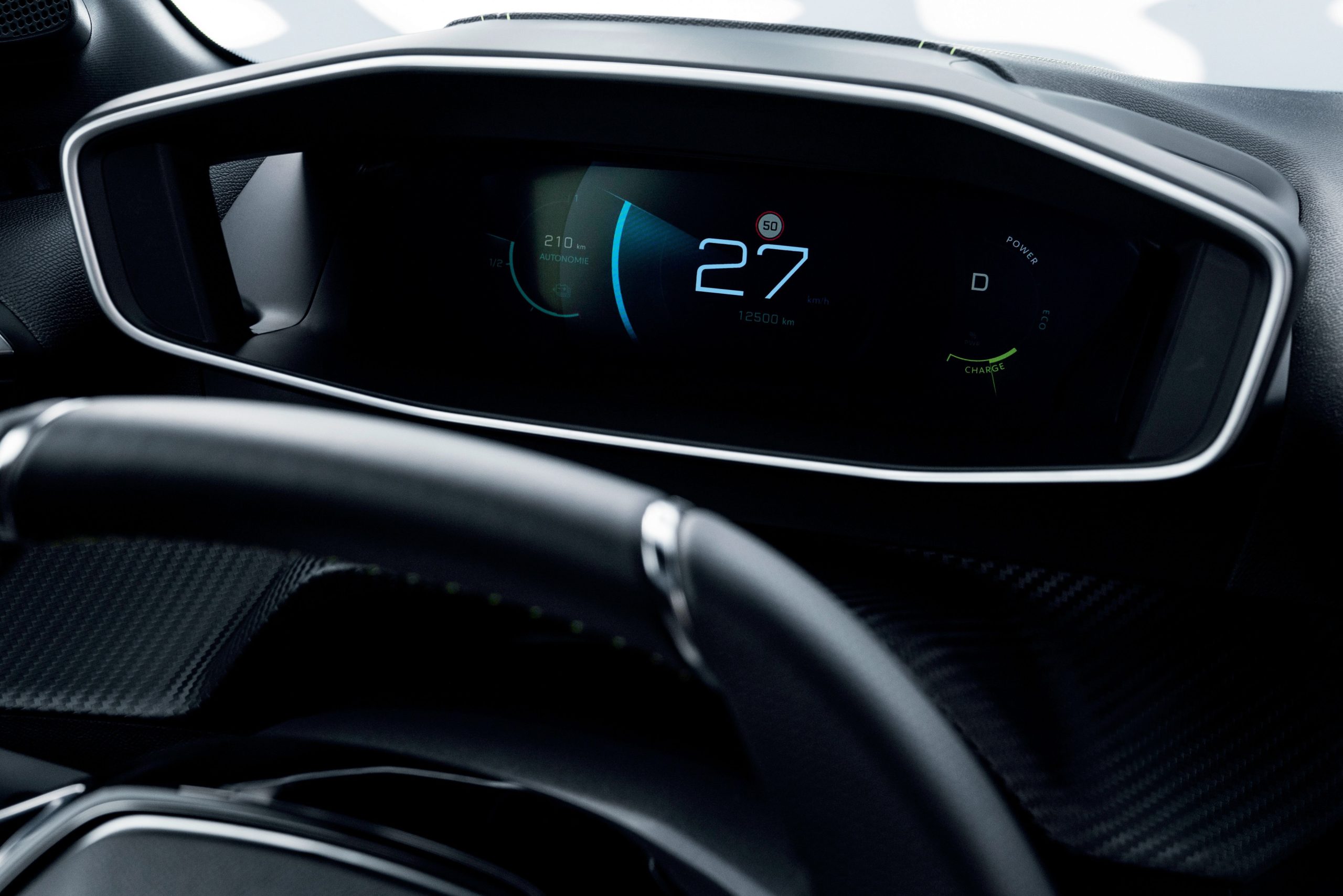For fans of all things PEUGEOT it has been decided to post this one in full. Enjoy:
BORN FROM A CONCEPT CAR
In 2010, the PEUGEOT i-Cockpit® was presented for the first time on the SR1 concept car. The PEUGEOT SR1 represented a new era of PEUGEOT Design, with a new Style management team and the appointment of Gilles Vidal as Head of Design. From this point forward, all PEUGEOT concept cars were built with an i-Cockpit® which in turn influenced the design of production vehicles. For example, the EXALT strongly inspired the dashboard of the PEUGEOT 508 and the architecture of the i-Cockpit® in FRACTAL influenced the final design of the all-new 208. Similarly, the 3D handset is taken from QUARTZ.

MAIN COMPONENTS
Since its appearance on the first generation PEUGEOT 208, the i-Cockpit® has never stopped evolving, whilst still retaining its main components:
· Compact steering wheel
· Head-up instrument display
· Large HD touch screen at your fingertips and in your line of sight
· A series of piano keys (or toggle switches) allowing direct and permanent access to the main comfort functions

The PEUGEOT i-Cockpit® uses a three-level arrangement for flawless ergonomics and driving comfort.
Eyes: the information falls within the driver’s line of sight so that the driver does not need to take their eyes off the road.
Hands: the materials are pleasant to the touch, the assembly is well controlled, and the tactile or physical controls are well placed. The EAT8 shift and park by wire automatic transmission control is intuitive and ergonomic. The associated steering wheel paddles allow you to change gears manually from time to time without losing the automatic function.
Body: the passenger compartment forms a cockpit that wraps around its occupants. The front seats provide excellent comfort and support.
WHY DOES IT WORK?
To design the PEUGEOT i-cockpit®, ergonomics, visibility and architecture must be taken into account, ensuring all body types are comfortable with maximum outward visibility. To achieve this, Anthropometric data is studied on a global scale.
It isn’t the driver’s height that matters, it’s their chest to leg ratio that needs to be assessed. For example, some people have a longer torso compared to their leg length. But for others, it’s quite the opposite… If the average height of a man is 1.76 m, the length of his torso varies from 87 to 98 cm! Which has a direct impact on the positioning of his vision.
This anthropometric data has made it possible to calculate the range of adjustment for the seats or steering wheel, in order to reinforce the feeling of being in a cocoon and optimise on-board ergonomics, whatever the driver’s size.

CURRENT OFFER
Today, the vast majority of PEUGEOT’s have an i-Cockpit®, including:
· All-new 208 and e-208
· All-new 2008 SUV and e-2008 SUV
· 308 and 308 SW
· 3008 SUV and 5008 SUV
· 508 and all-new 508 SW
· Rifter
FOCUS ON PEUGEOT i-Cockpit® 3D
Introduced on the all-new PEUGEOT 208, the 3D PEUGEOT i-Cockpit® is a real innovation and a world first in the segment. As with all PEUGEOT i-Cockpit® designs, information is presented within the driver’s line of sight, however, the 3D PEUGEOT i-Cockpit® instrument cluster projects information like a hologram. This information is dynamic and animated: getting closer to the eye depending on the degree of importance or urgency, and potentially increasing driver reactivity by half a second.
In the centre of the dashboard, there is a 10” touch screen (depending on version). It can be operated via direct touch accesses next to the Toggle Switches and with the new voice control system.
Where will you go?
